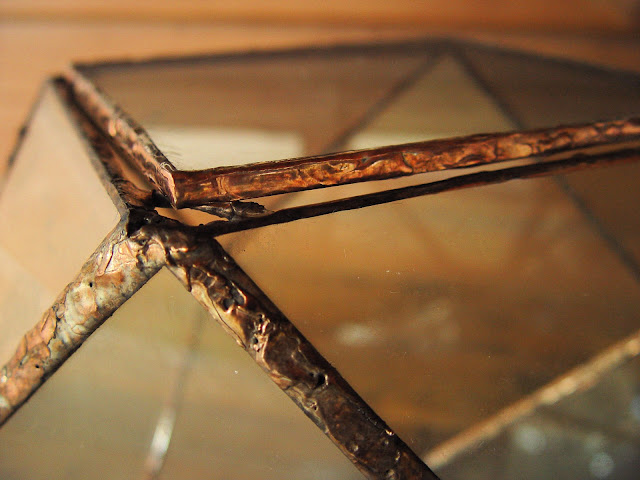As one of my fav quotes (from the late Tim Barr, a film school mentor and special effects guru), I utilize the above short sentence whenever I want to justify to myself what I’ve already decided to do, because at my age of 65, I’ve previously experienced much of what life has generously offered, and have the luxury to reflect on my past.
I’m rereading Utopia or Oblivion by R. Buckminster Fuller, a gift I received from my daughter, Samantha. I read the book in my early adulthood in 1970 and it help set a positive tone for my life. Along with The Book – On the Taboo Against Knowing Who You Are by Alan Watts, 1966, it revealed expanding areas of erudite thought to me previously undiscovered during my the years of my idilic Mid-Western childhood and formative teen years.
Utopia or Oblivion challenged my naive parochial thinking processes with Bucky’s comprehensive world view of doing more with less and the concept that there exists enough resources to supply a scientifically-fueled leap for mankind into a bright cooperative future resulting in the possibility of saving the world from nuclear oblivion.
I realized that I had allowed myself to veer off track in my educational momentum, allowed others to define my existence, and allowed distractions to color my vision of what I had always suspected: that I inherently knew what was best for me. So, I began reading more, sought out and listened to other points-of-view, and worked to understand Bucky Fuller’s revolutionary, insightful, futuristic but practical ideas, along with a liberal dash of humanistic philosophy from Alan Watts and his explanations of Vedanta.
In The Book – On the Taboo Against Knowing Who You Are, Alan Watts delves into the cause and cure for the human condition of each individual living under a misconception that "the self" is a separate ego wrapped in skin, moved by muscles and bones, and controlled by a brain that confronts a universe of physical objects that are “alien and stupid”, and that this false conclusion underlines the continual misuse of technology resulting in an aggressive subjugation of human-kind’s organic environment leading to it’s (and our own) eventual destruction.
Since, at the time in my early 20s, I was searching for answers to the riddles posed to me by my earlier experience, these new, seemingly cooperative but foreign ideas, one spawned by mathematics and science, the other by ancient religion and philosophy, greatly piqued my interest. As a result, Bucky Fuller and Alan Watts became my teachers and inspirations for a fundamental renaissance in my thinking about the reality of the newly revealed world in which I found myself.
Suddenly, for the first time in my life, I was totally free to follow my instincts about what was really important in the world and my personal relationship to it. And, away I went.
Along with my interest in poetry, music, art, and filmmaking, I added comprehensive anticipatory design science and ancient Hindu philosophy.
As an introduction to Bucky, besides reading many of his writings, I began to build polyhedron models to explore with my own hands and mind to demonstrate the intrinsic energies and physical properties operative everywhere in the universe. But then, soon having some success in the field of my career choice, film making, and developing other interests (like martial arts, painting, and spending time with my wonderful wife and three awesome daughters) I spent more and more time at my vocation and domestic life, and less and less studying that which actually sparked so much of my creative interests and drive to learn in the first place.
Now that I am retired, I have more time for what I had considered as relatively unimportant background during my “productive” years. So, besides authoring this blog, I am rereading the works of Bucky and Alan Watts, and revisiting the interests of my youth.
My first project is already underway - the construction of a 2.5 ft. diameter, 3 frequency geodesic sphere model, the beginning steps of which can be seen in the photo above.
I believe some experiences in life are worth visiting again and, so far, this one seems to be like a new trek through a familiar terrain - kind of like going home after a long and tiring, but very rewarding journey.
I hoping to learn a lot that I missed on my first trip so I'll keep you posted along the way.















